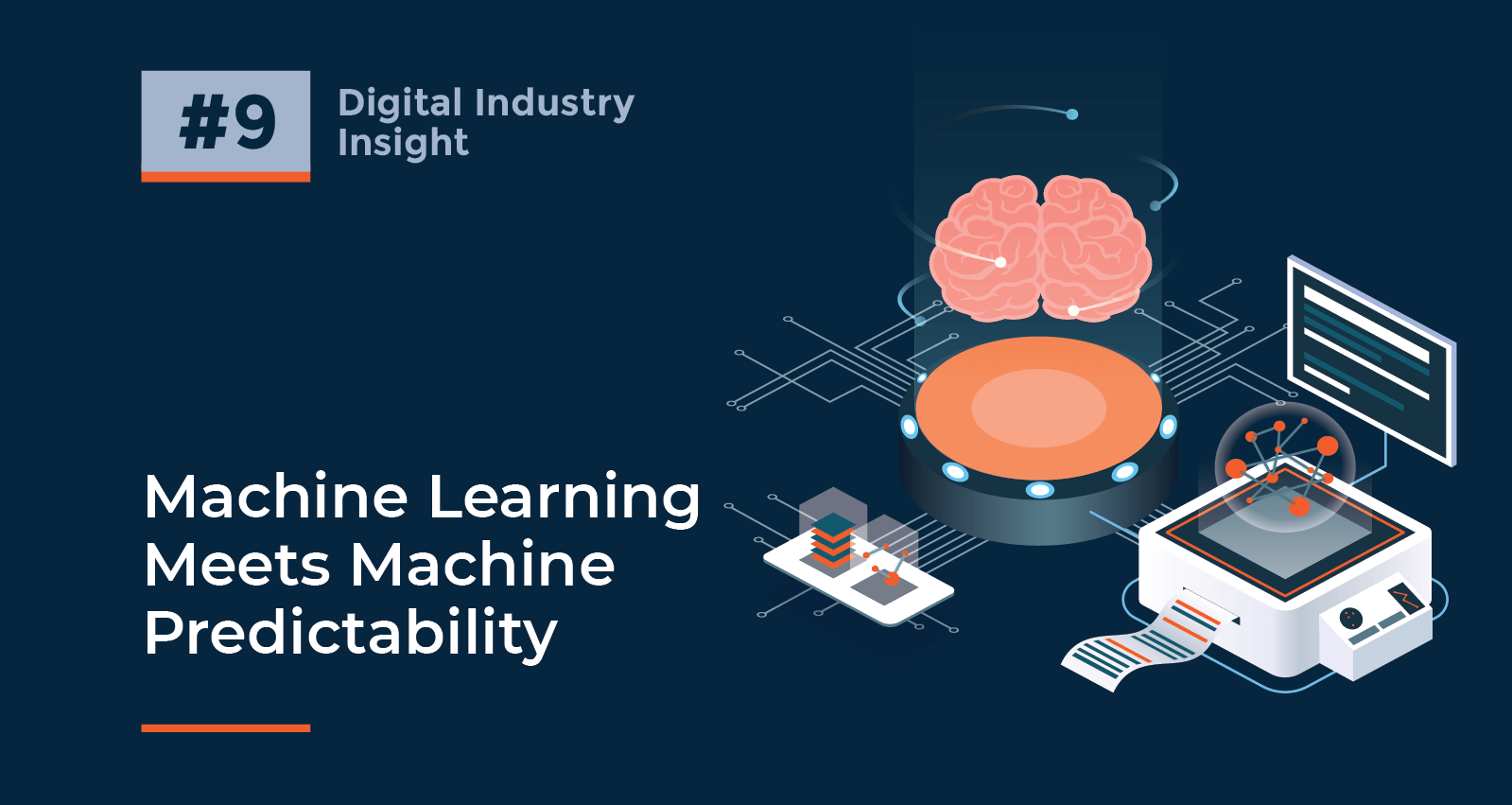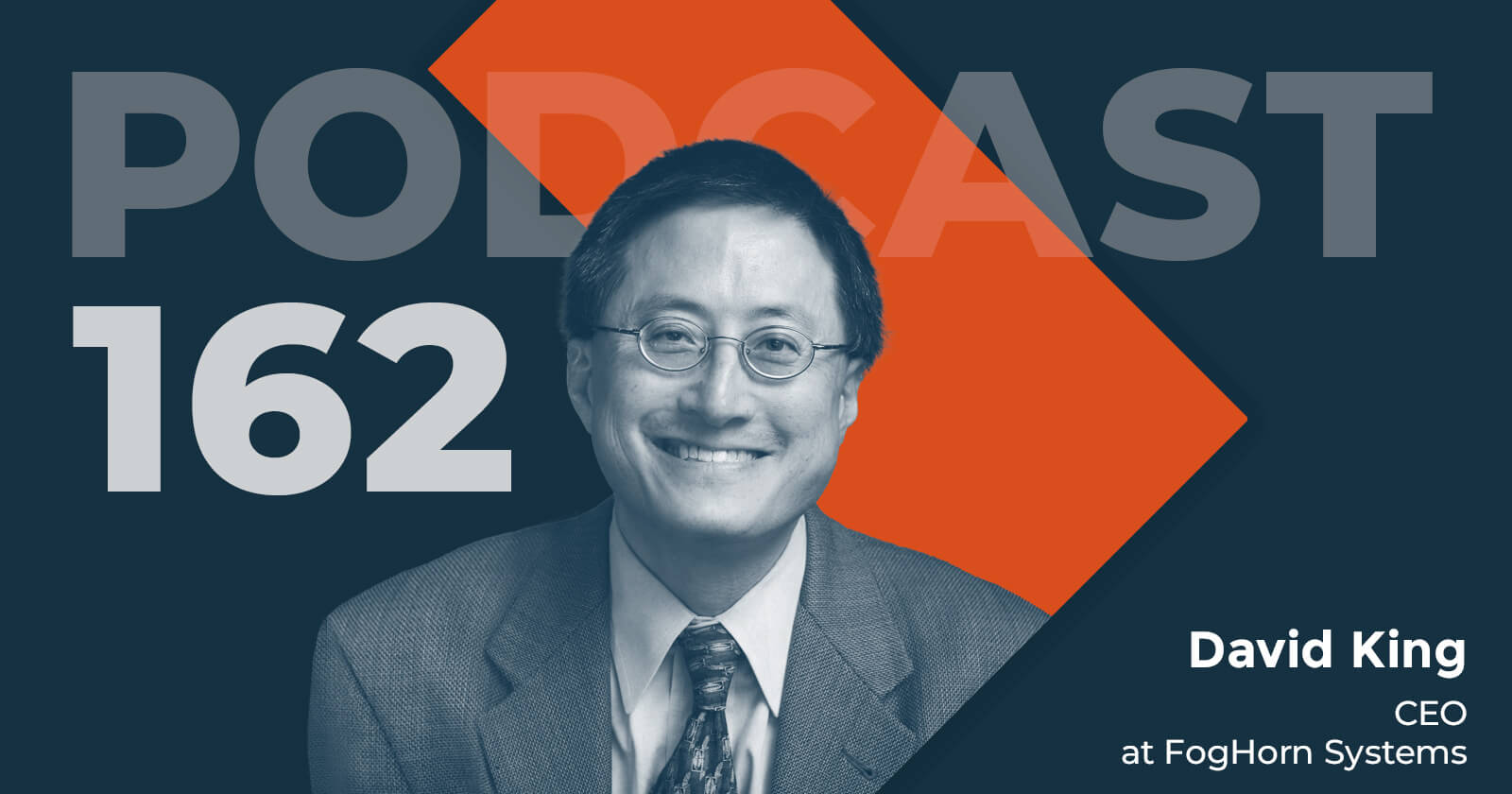Digital Industry Insight #9
Machine Learning Meets Machine Predictability
Ken Forster

“Because we humans are so fond of our judgment, and so overconfident in it, many of us, if not most, will be too quick to override the computers, even when their answer is better.” – Andrew McAfee and Eric Brynjolfsson, Machine, Platform, Crowd
[Note: The “machine” in machine learning means a computer. The “machine” in machine predictability means industrial equipment, assets, and machinery. Unless we explicitly use the term “machine learning” we use machine in the latter sense.]
The vast majority of the world’s equipment/machine failures are caused by human error (according to the National Safety Council: “Incident reports overall show that as many as 80 percent to 90 percent of serious injuries and accidents have been attributed to human error.”). This includes the failures that led to major catastrophes such as the Space Shuttle Challenger explosion, the Fukushima Nuclear Plant accident, and the Deepwater Horizon disaster. Humans are fallible. We all make mistakes – in both how we interpret data and how we make decisions. Most mistakes we make in business or operational contexts do not have any significant impact because processes are in place that ensure errors are caught before there is any adverse consequence. But the processes themselves are designed by humans and aren’t infallible. Also, the more onerous the processes are, the more they impact the performance of the business. [Note: To try and counter organizational process variance governments create regulations for the industrial world to ensure businesses have procedures in place to maintain safe, reliable, and sustainable operations.] So, despite the safeguards and protective measures, there are hundreds of thousands of machine failures every year. Most don’t come to public attention because the consequences don’t extend beyond the facilities in question.
The purpose of this note is not to dwell on issues such as cognitive bias, irrationality, and other factors which can impair human data processing and decision making. These have been exhaustively covered in recent years by psychologists and economists such as Daniel Kahneman and Rolf Dobelli. (Or check out this Wikipedia list of almost 200 (!) cognitive biases.) Rather, the goal of this note is to emphasize that we are on the verge of a new and better industrial age – commonly referred to as the Fourth Industrial Revolution. In this era, data and increasingly sophisticated analytical tools will allow us to rely less and less on human judgement when it comes to operating and maintain industrial assets. With enough data and tools such as machine learning (ML) and artificial intelligence (AI) we can approach perfect predictability.
Theoretically, all equipment failures are avoidable. Unlike humans, machines behave deterministically which means how they perform and react to their environment is predictable. The key to machine prediction is data and analytics. In most scenarios today, we do use data to try and predict machine behavior. In many cases, we do some form of analysis on the data before we hand it off to a human – typically a highly trained expert – to make a decision on how to run a machine, what maintenance is required, and whether it poses any risks to operations. These experts are very good at conducting that “last mile” of analysis in their own head and making the right decision. Indeed, it is a testament to their competence that we rarely have major incidents despite the risks inherent in operating complex machinery and the millions of pieces of equipment and machinery in daily operation around the world (mines, factories, transportation, utilities, and across nearly every aspect of our economy). But the goal of organizations which manage and operate these facilities is, as it has always been, zero incidents and accidents. This will ultimately require that computers replace humans in data gathering, analyzing, and decision making processes.
“The factory of the future will have only two employees, a man and a dog. The man will be there to feed the dog. The dog will be there to keep the man from touching the equipment.” – Warren Bennis
This is not a new vision – Warren Bennis said this almost 30 years ago! Bennis understood that it was humans, not machines, that made factories and other industrial facilities vulnerable to unplanned incidents and dangerous accidents. But he also recognized that the factory of the 1990s simply did not have the amount of data nor the analytical tools to realize this vision. Somewhat ironically, it took a revolution of another sort – the consumer technology revolution driven by Amazon, Google, and Microsoft, among others – to help bring us to the brink of the industrial world he envisioned back then.
There has certainly been no shortage of money chasing this opportunity over the last five or so years. Momenta Partners estimates that over $5B has been raised to provide ML or AI solutions to the industrial world. We further predicted that we will see a number of these ventures fail over the next several years (see Momenta Partners Predictions 2020) as it becomes clear that the approaches used for consumer-facing applications don’t neatly fit into the industrial world. In the not too distant future, however, industrial organizations themselves will benefit from all of these investments. Some of the hundreds of pilot projects will start to bear fruit and demonstrate that we can accurately and reliably predict machine performance using data and advanced analytics (although not necessarily ML or AI). Digital technology maturity, however, is not the biggest challenge we face.
To illustrate, let’s look at another related technology development – autonomous vehicles. An EU study found that only 8.6% percent of respondents were totally comfortable with autonomous vehicles (versus 45% who were totally uncomfortable). A similar Pew Research study in the U.S. found that 56% of adults would not want to ride in a driverless vehicle and only 30% believe it would reduce traffic deaths. One study respondent stated: “I want to be in control and not have the machine choose what’s best for me.” (Not thinking, I’m sure, that what’s best for her might not be best for the pedestrian she hit while driving distracted.) But I don’t believe anyone with knowledge of the technology would argue that it isn’t coming. Once it’s determined that autonomous vehicles are safer, more reliable, and more cost effective it will happen quickly, notwithstanding the inevitable legal challenges.
This is also true of autonomous factories with the difference being that unlike those promoting autonomous vehicles, industrial organizations have more control over the pace of change. The biggest challenge to progress is the inertia that comes from always doing things a certain way as well as the resistance that naturally arises in the face of transformational change (see Organizational Inertia and Data Siloes Are Major Road Blocks). Agreeing to endless pilot projects may, indeed, be just another way to delay the inevitable. Yes, there are still technology and financial barriers to widespread machine prediction, but Warren Bennis’ vision is closer than most insiders believe today and the “perfectly predictable factory” will come well before autonomous vehicles are widespread. Given the still formidable changes it’s appropriate to end with another Bennis quote:
“Leadership is the capacity to translate vision into reality.”

Momenta Partners encompasses leading Strategic Advisory, Talent, and Venture practices. We’re the guiding hand behind leading industrials’ IoT strategies, over 200 IoT leadership placements, and 25+ young IoT disruptors. Schedule a free consultation to learn more about our Connected Industry practice.



